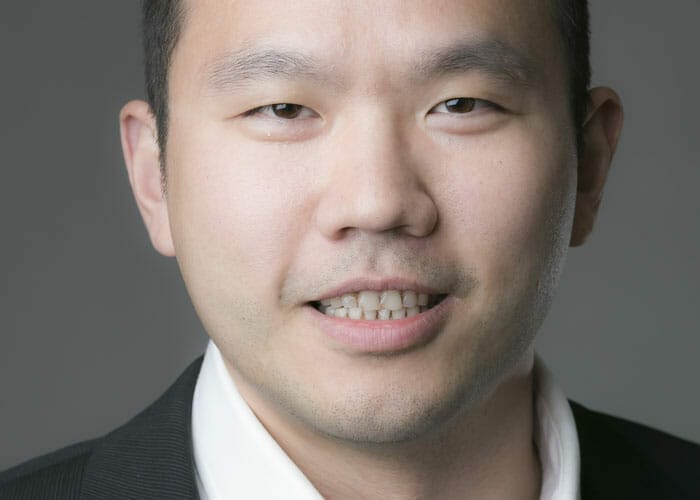More and more investment organisations have begun to recognise and embrace the importance of a strong culture, and to actively build one. So what is culture?
Think of the genetic code in DNA. It is a set of rules that define the development and function of living organisms. Similarly, culture is the written and unwritten organisational code that defines the way an organisation does things. It is the collective influence from shared values and beliefs on the way the organisation thinks and behaves.
For an investment organisation striving to be a long-horizon investor, what kind of organisational culture should they build?
The right people
First, let’s not lose sight of the fact that culture is unique to individual organisations. There is no such thing as the best culture model. That being said, I am hoping to offer a few ideas for long-horizon investors to adopt as part of their own genetic code.
Start with hiring the right people. The foundation of a strong long-horizon culture is people who genuinely believe in long-horizon investing and act accordingly. Extrinsic (monetary) incentives can influence behaviour but intrinsic characteristics – innate to an individual’s values, perspectives, knowledge, experiences and way of thinking – are more powerful for achieving alignment and producing desirable outcomes. The tendency to do the right thing (as opposed to just doing things right) should be a prominent prerequisite for hiring. This includes the willingness and ability to challenge the consensus position.
Once the right people are hired, the organisation needs to demonstrate long-term commitments to their growth and development. One of the challenges is that the duration of some long-horizon investments can be much longer than the tenure of the individuals involved in the initial decision to invest. That mismatch can be addressed, at least partially, by encouraging longer tenures. When it comes to assessing people, the key is to reward long-term thinking and behaviours, instead of short-term investment performance, which is inherently noisy.
Given the right people, it is important to think carefully about how to put them together to form a team. The goal, in my view, is to build cognitive diversity through composition and process. Institutional investing is all about group decision-making. Under most circumstances, cognitive diversity helps improve that decision-making.
A long-term investment journey is bound to be bumpy. When adverse performance inevitably happens, a team rich in cognitive diversity supports an environment where non-consensus views are actively solicited and the willingness to go against the crowd is encouraged. It can also lead to advantages in processing information and greater cognitive resources (skills, perspectives, knowledge, and information). All these benefits facilitate a more accurate assessment of whether an investment thesis is still valid. If it is, then staying on course becomes a straightforward decision. If, on the other hand, the assessment points to having fallen into a value trap, then the organisation should not blindly stay put.
Integrate and include
Diversity is ineffective without inclusion and integration. There is a balance to be found between promoting cultural unity and avoiding everyone thinking and acting the same. Building highly diverse teams without good integration can lead to more dissenters when times get tough, causing distractions and value-destroying decisions. Patterns of working together within a team should be set early on, and good integration can be fostered by introducing appropriate behavioural checklists.
Leaders are hugely influential in the creation and evolution of culture. Recognising that culture declines over time when left to its own devices, good leaders actively work to maintain it. They lead by the examples they set, what they choose to focus on, and what they don’t to tolerate. They seek a deliberate alignment of culture to long-term strategy and take every opportunity to advocate for the importance of a long-term approach. They engage in building peer-to-peer relationships and mutual respect with the board. In times of underperformance, this relationship should provide a buffer and enhance understanding.
Good leaders strive to build an environment where career risk is low. They have the willingness to appear to be wrong and reward genuine progress towards long-term objectives. They make sure the entire organisation is in sync regarding the benefits of investing for the long run and the expectation of a bumpy ride.
They also communicate clearly and regularly. Lim Chow Kiat, chief executive of GIC, Singapore’s sovereign wealth fund, spoke about being careful about the exact words used in communication. The fund prefers “sustainable results” to “consistent results”. Leaders will correct anyone who uses or likes the phase “the long term is but a series of short terms”. In Lim’s view, the wrong words can corrode or even corrupt the process.
Long-horizon investing is challenging. But if there is such a thing as a ‘secret sauce’, it comes from building a long-horizon culture as a competitive edge.
Liang Yin is senior investment consultant in the Thinking Ahead Group, an independent research team within Willis Towers Watson and executive to the Thinking Ahead Institute.



